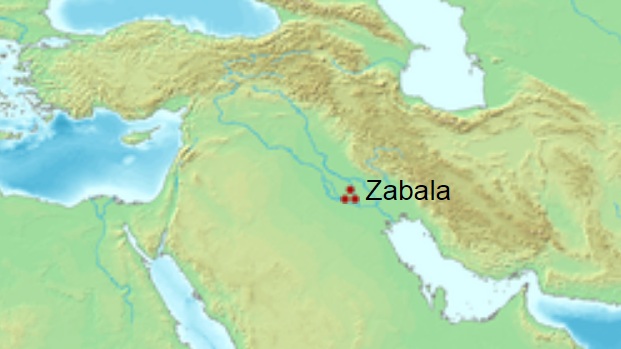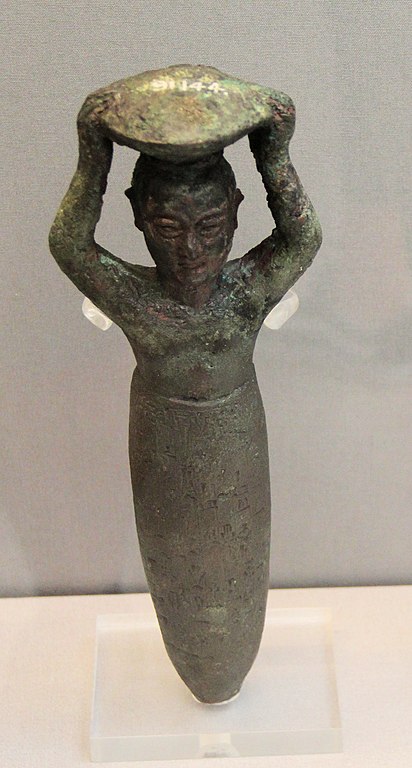
| ZABALA (SUMER)
Zabala shown within Near East Location : Dhi Qar Province, Iraq
Region : Mesopotamia
Coordinates : 31°44'36 N 45°52'36 E
Type : Settlement
Zabala, also Zabalam (zabalamki, modern Tell Ibzeikh, Dhi Qar Governorate, Iraq) was a city of ancient Sumer in what is now the Dhi Qar governorate in Iraq. Zabala was at the crossing of the ancient Iturungal and Ninagina canals, not far from Umma. The city's deity was Inanna of Zabala.
History
:
In the Sargonic Period, Rimush of Akkad reports Zabala as attempting to rebel against the control of the Akkadian Empire:
"Rimuš, king of the world, in battle over Adab and Zabalam was victorious, and 15,718 men he struck down, and 14,576 captives he took. Further, Meskigala, governor of Adab, he captured, and Lugalgalzu, governor of Zabalam, he captured. Their cities he conquered, and their walls he destroyed. Further, from their two cities many men he expelled, and to annihilation he consigned them"
—
Adab and Zabalam Inscription of Rimus.
After the fall of Akkad, Zabala came into the sphere of the city-state of Isin as reported by the year names of several rulers including Itar-pisa and Ur-Ninurta. The town was later subject to Abisare of Larsa, who's year name reported the building of the "Favorite of Inanna of Zabalam" canal.
During the Ur III period, Zabala was controlled by the Ur governor in Umma which was the capital of Umma Province. Cuneiform texts state that Hammurabi built Zabala's temple Ezi-Kalam-ma to the goddess Inanna. The temple of Inanna in Zabalam is the subject of hymn 26 in the temple hymns of Enheduanna.
Foundation figurine of Warad-Sin for Inanna, found at Zabalam Archaeology
:
Source :
https://en.wikipedia.org/ |

